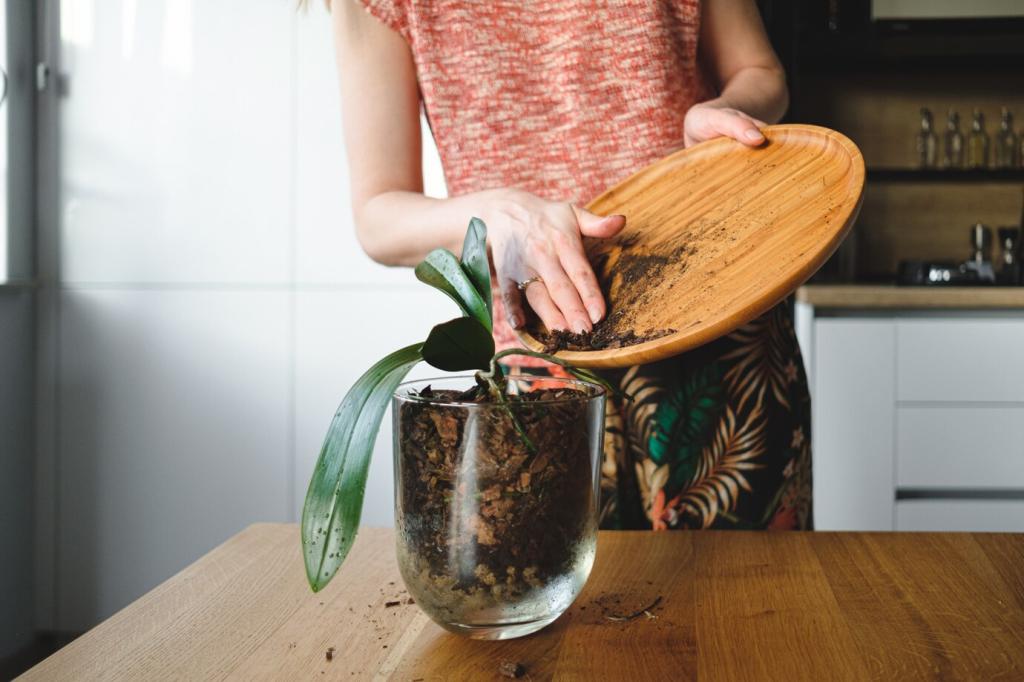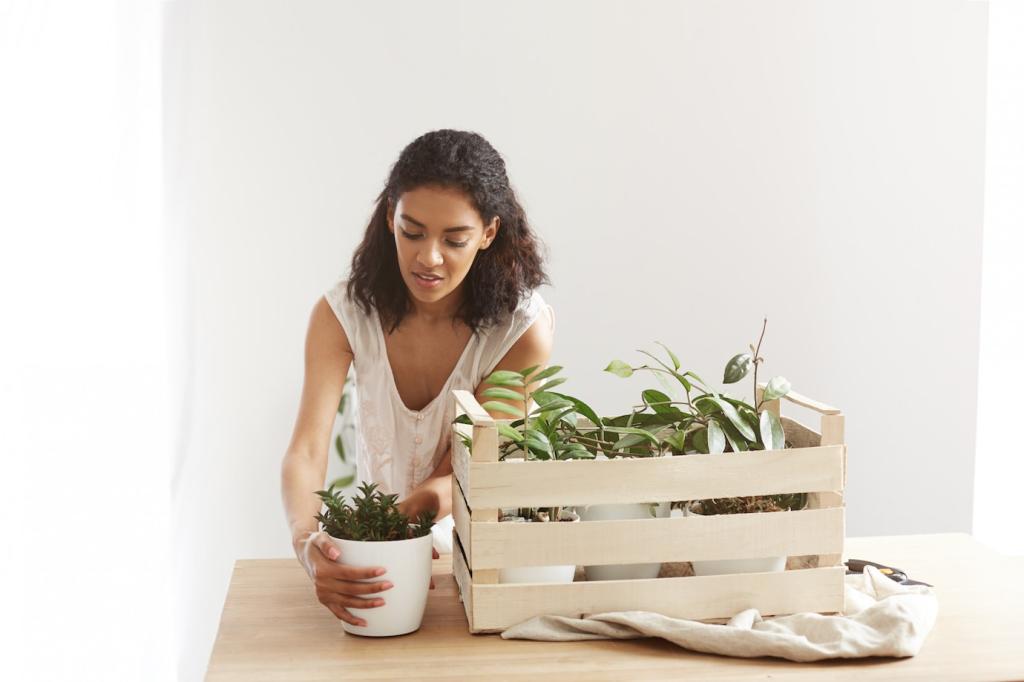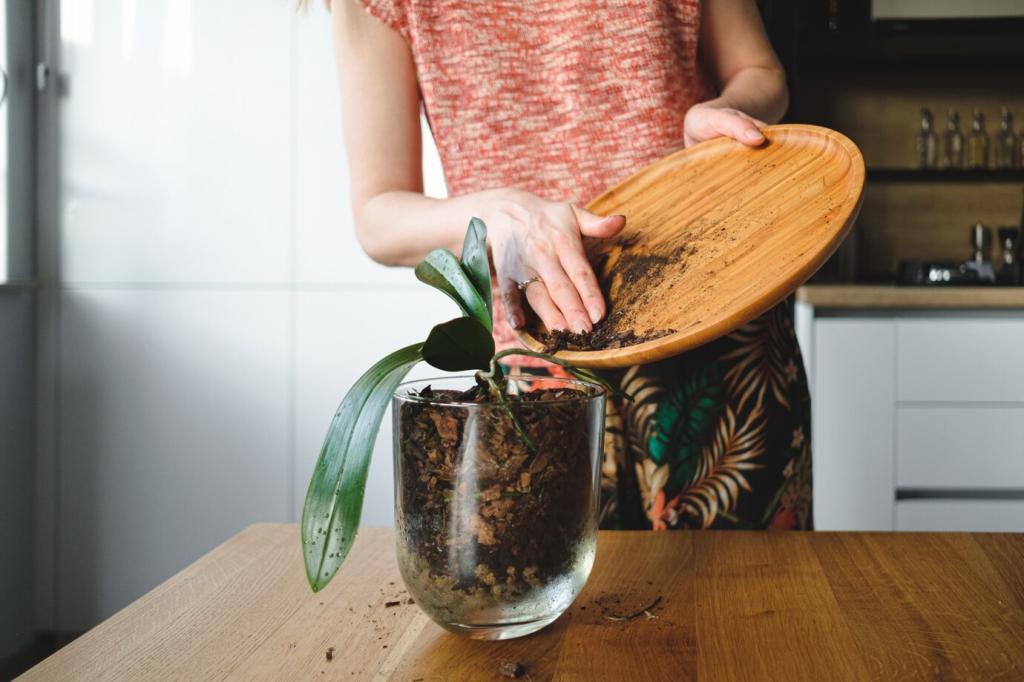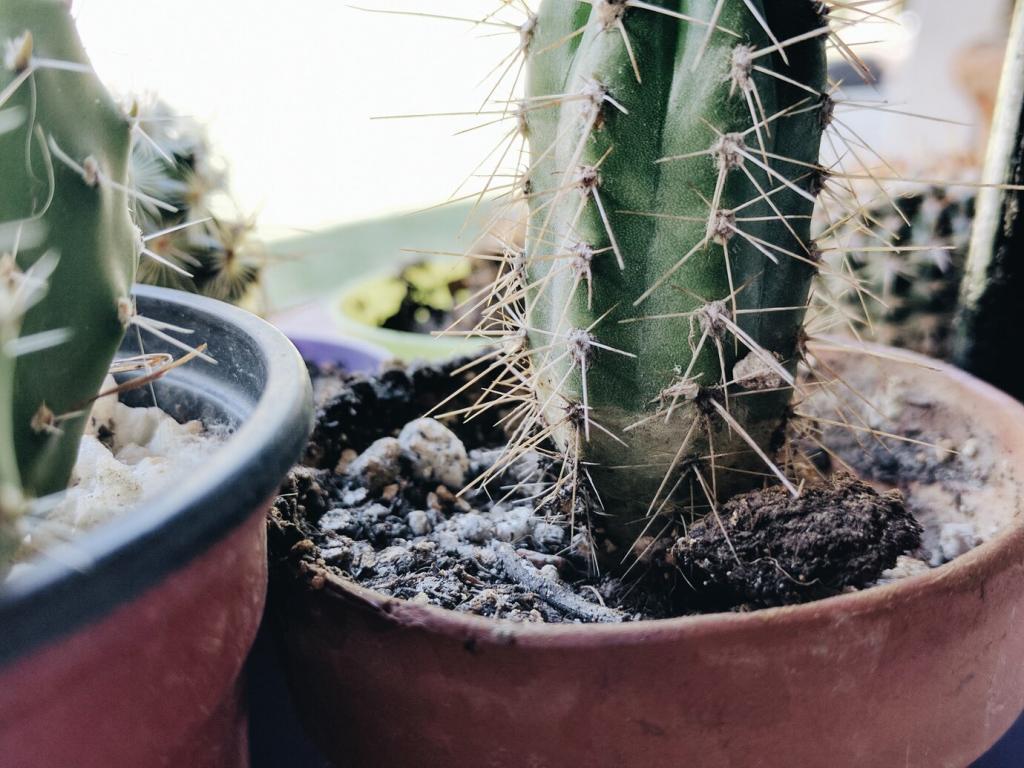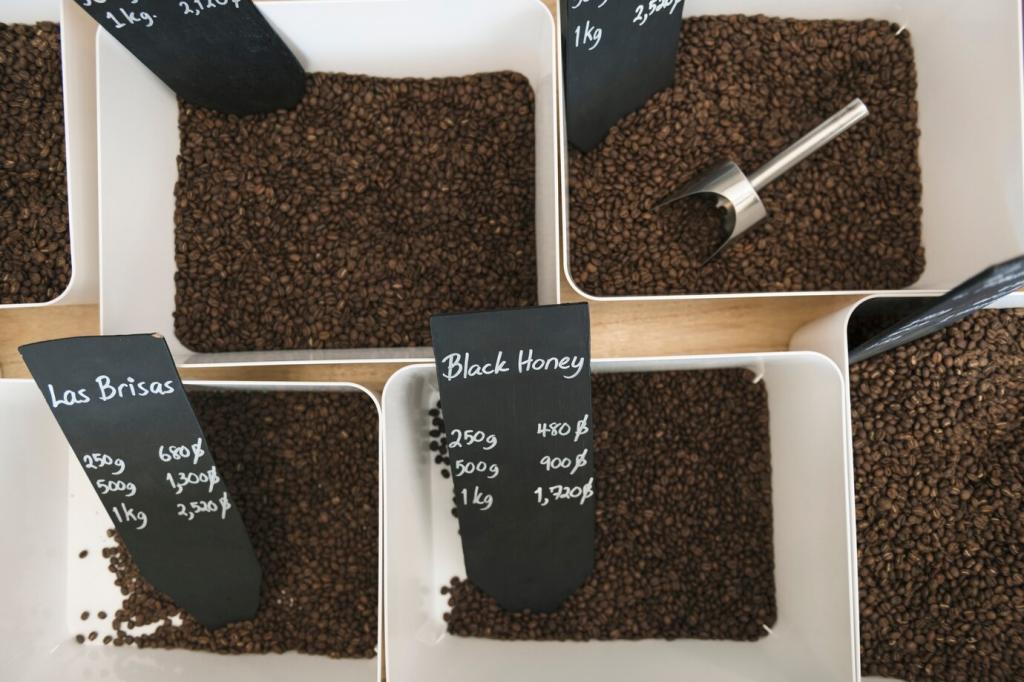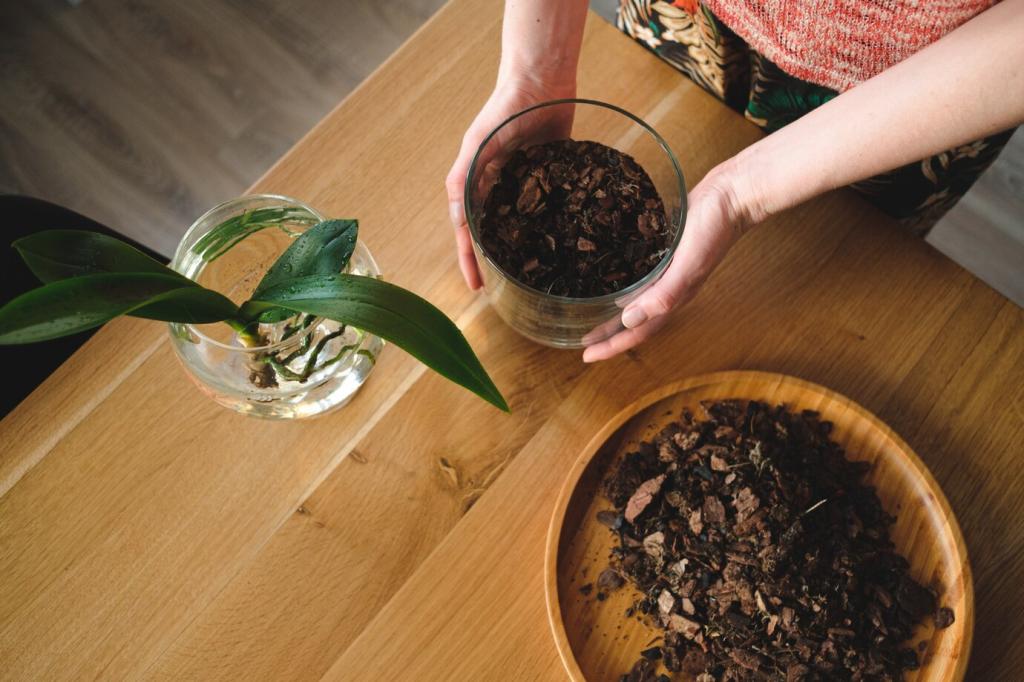Water, Runoff, and Cleaner City Drains
A thin compost top-dress helps cushion raindrops, slowing splash and protecting soil structure. It also reduces nutrient wash-off, meaning fewer residues on railings, less mess on patios, and cleaner drainage into building downspouts.
Water, Runoff, and Cleaner City Drains
Keep a two-week watering log before adding compost, then repeat after you blend it into planters. Many readers report fewer waterings and steadier plant vigor, especially during hot spells when container soils usually dry very quickly.

